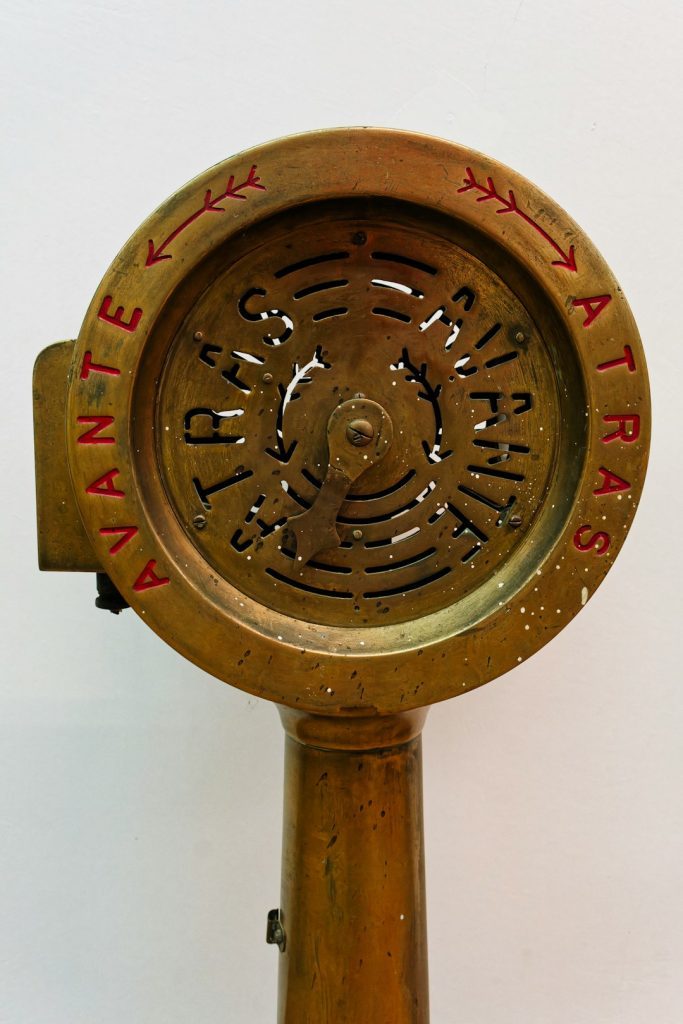Making a RuneLite plugin can feel like trying to build a sandcastle during a hurricane. One moment it’s perfect. The next moment? Jagex adds a new menu option or changes a variable, and *bam*—your plugin is rubble.
If you’ve ever tried coding for RuneLite, this probably sounds familiar. Whether you’re a veteran plugin dev or just dipping your toes into pixel-tracking glory, the struggle is real. And persistent.
What is RuneLite, Anyway?
RuneLite is a popular open-source client for Old School RuneScape (OSRS). It’s the Swiss Army knife of clients, loaded with useful tools like XP trackers, boss timers, and plugins for everything under the Gielinor sun.
What makes RuneLite awesome? It’s customizable. You can write your own plugin to track loot splits or automatically yell “Nice drop!” in chat. The possibilities are only limited by your imagination. And, well, by how often Jagex decides to change things.
Why Does Everything Break All the Time?
So why do plugins break so often? Great question.
Here’s a simple breakdown:
- OSRS updates weekly. Every Thursday, Jagex rolls out fixes, content updates, and changes. These can alter NPC IDs, interface options, item names—you name it.
- RuneLite works on top of the game. It’s like a coat of paint on a wall that keeps getting repainted underneath.
- Hardcoded values in your plugin get invalid fast. That menu option you were checking for might not be there anymore. Boom. Error.
Even a minor change like tweaking a dialogue box or adding a new inventory item can break your carefully crafted plugin.
The Classic Examples
Let’s say you’re working on a plugin that tells you when to flick prayers. Everything’s great until Jagex adds a new delay mechanic. Suddenly, your plugin becomes a prayer-draining disaster.
Or maybe you’re tracking clue scroll steps. One week of peace. Next week, Jagex adds a troll step and your plugin starts pointing players directly into the Wilderness.
Image not found in postmetaCommon Plugin Minefields
Some plugin features are more break-prone than others. Here are a few notorious ones:
- NPC interactions: IDs change. NPC paths change. Whoops, that’s not a cow anymore—it’s an elite cow champion.
- Menu entries: The dreaded “right-click menu” is as unstable as a goblin with a dragon dagger.
- Game ticks: Nothing breaks confidence faster than miscalculating ticks based on a shifting timeline.
- Widgets: Interface boxes can vanish, move, or get renamed, making your plugin act like it’s had too many Wizard’s Minds.
Building A Plugin That Can Survive a Jagex Update
So, how do you make a plugin that doesn’t fall apart every seven days?
Here are a few tips:
1. Use Safe Detection Methods
Instead of checking for exact phrases like “Attack” or “Trade,” look for consistent patterns. Jagex might change words, but patterns tend to stick around longer.
2. Make Logging Your Best Friend
Print out everything. Log menu entries, widget IDs, variable states. When something goes wrong, you’ll have a trail of breadcrumbs back to sanity.
3. Test on the Dev Build
RuneLite has a developer mode and even a staging branch. Use it! Playing on the live game is for testing your PvM skills—not your plugin survival rate.
4. Keep Up With RuneLite Pull Requests
Before your plugin dies, devs will usually submit PRs to RuneLite updating widget IDs or fixing broken menu items. Watch those PRs like your pet rock depends on them.
5. Embrace Modularity
Modular code isn’t just fancy—it’s practical. When one part breaks, you can swap it out like a broken rune pouch. Keep your plugin in pieces, not a spaghetti-coded beast.
When It Breaks (Again)…
Despite your best efforts, things will still break. It’s inevitable. When that happens:
- Don’t panic. That’s Rule #1 of Gielinor plugin development.
- Reproduce the issue in dev mode.
- Check for recent OSRS updates.
- Hop into the RuneLite Discord. Chances are, someone else’s plugin exploded too.
- Patch your plugin, breathe a sigh of relief, and remember—it’ll probably break again next Thursday.
The Secret Weapon: Community
If solo plugin dev life feels lonely, guess what? You’re not alone.
The RuneLite developer community is full of friendly wizards. Whether you’re in Discord, checking GitHub issues, or just copying smarter people’s code (we’ve all been there), there’s help out there.
Useful links include:
And let’s be honest—some of the best plugins were born through collaborative chaos. Two devs, eight coffees, and one frenzied night later, and you’ve got a plugin that checks your herb runs from space.
It’s a Love-Hate Relationship
You scream at Jagex on Thursday. You patch bugs on Friday. You flex your plugin on Saturday. And on Monday? You swear you’re going to rewrite the whole thing in Kotlin because “Java is trash.”
But in the end, plugin development is rewarding. Watching players use your tool, getting compliments, and seeing it mentioned in YouTube guides? Worth it.
Image not found in postmetaConclusion
Making a RuneLite plugin that doesn’t break every time Jagex sneezes is no small feat. It’s a never-ending cycle of build, break, fix, repeat. But it’s also one of the most satisfying challenges in the OSRS scene.
So next time your plugin crashes because they changed the location of an in-game ladder, take a deep breath. Update your code. Curse once or twice. Then smile—because you’re part of the most wonderfully unstable plugin community in gaming.
Good luck, and happy debugging.

